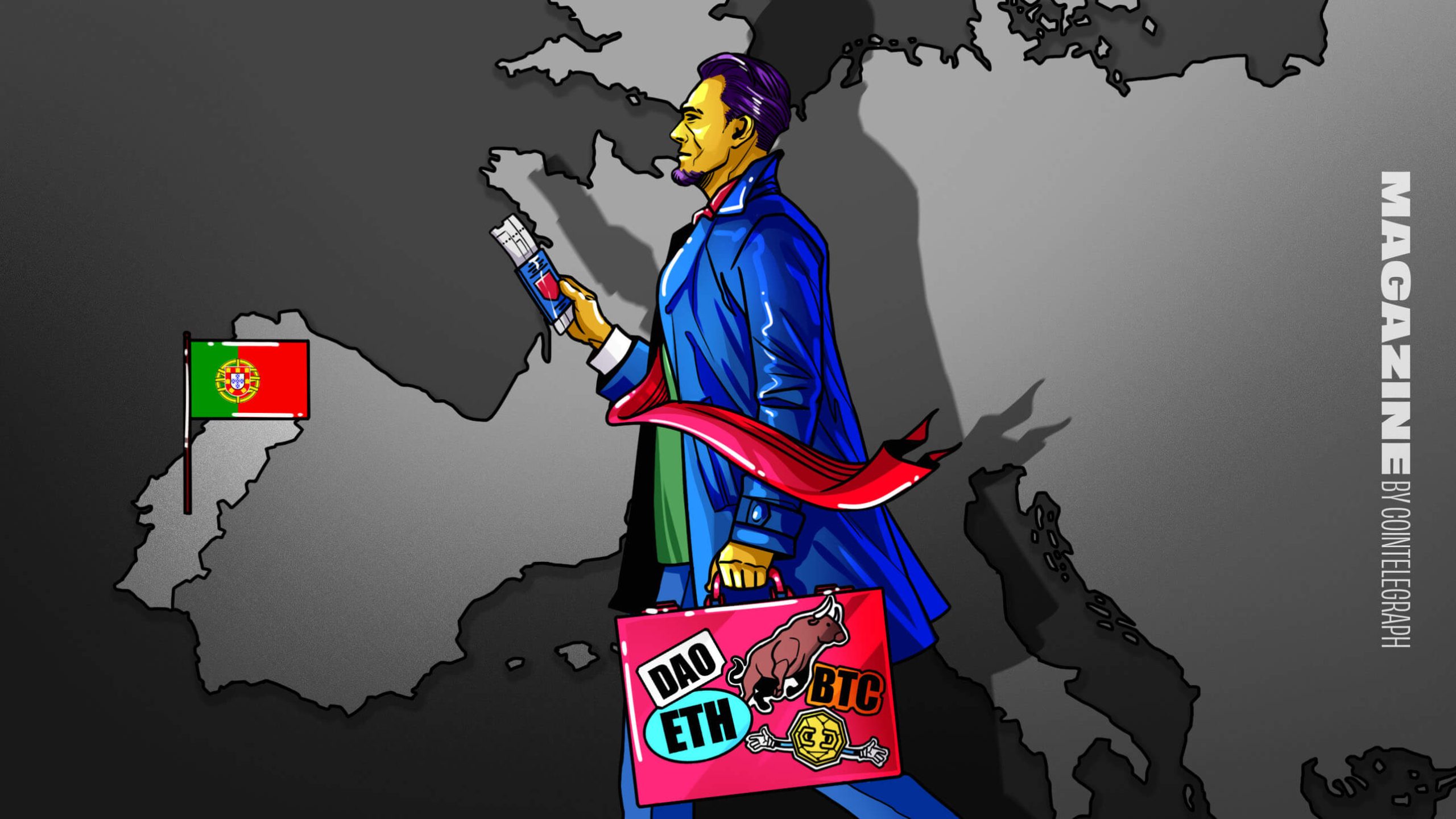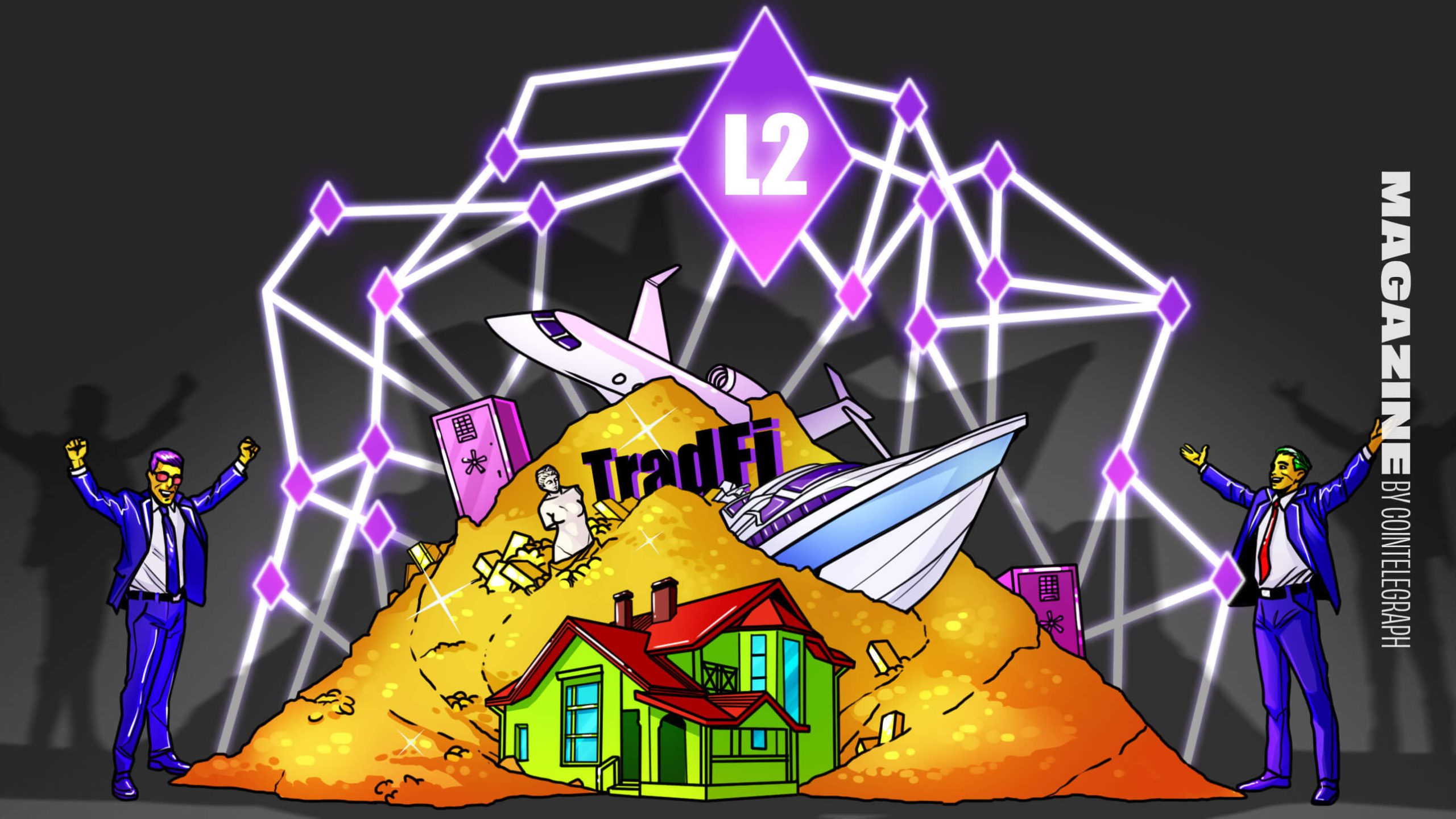 | Is this the revolution we signed up for? To have 10 companies come in and completely take over cryptocurrencies and basically run them and control them? Industry Overview Let's talk a little bit about where the industry as a whole is going and some of the existential concerns that mainstream cryptocurrency people fully appreciate or understand. It’s really a turning point in the industry. Algorithmic Stable Coins The algorithmic stable coins are an essential thing that we need to as an industry look into, and that asset-backed stable coins are a little problematic. Interesting Graph https://preview.redd.it/gevoctiozbic1.png?821&format=png&auto=webp&s=2f79eb83a5242a4e99253bd0895e42384eb4e309 https://preview.redd.it/s3w7bviozbic1.png?804&format=png&auto=webp&s=29099fce5d9e5699a5dc1b59e83043e09a4ec875 Stable Coins Stables represent about 10% by value of the crypto market cap, of which USDT and the USDC are the overwhelming majority of those things. But they dominate the on-chain transaction volume, about 70% of all transaction volume. So from a crypto perspective, ETH and Bitcoin take a backseat to USDC and USDT. These are, by volume, the value transfer mechanisms of our industry. They represent the huge majority of on-chain traffic and value transfer in our industry. Asset-Backed Stable Coins Now, there’s something about these two guys, USDT and USDC. They are asset-backed, a very important term. Asset-backed means that there are two properties you can’t get away from. - Central Issuer: There’s a central issuer, a company who is regulated in a jurisdiction subject to that jurisdiction’s rules and regulations. Whatever that jurisdiction wants to put upon that company, permissive or otherwise, they are subject to it. They’re a business like a bank or anything else responding to that regulation.
- Fractional Issue: They can’t go fractional. That’s a good thing, but with a hard fork, let’s say there’s Bitcoin splitting and there’s Bitcoin A or Bitcoin B, or more pertinent to this example, Ethereum splitting Ethereum A, Ethereum B. You can’t have a situation where the stable coin issuer says, “You know what, I’m going to let my stable coin be on both sides and we’ll just let it ride.” Why? Because doubling the supply means that they’re only backed by 50 cents to the dollar. They have to pick a winner. They either pick A or they pick B, A or B, but not both. They can’t pick both by design. If 70% of all your transactions, all your value transfer is occurring at that stable coin level and your entire DeFi economy relies on that, you can’t be the chain that suddenly loses USDC or Tether. You have to be the other chain.
- Stable Coin Split Scenario: What if they split and one side decides to put KYC into the whole system and the stable coins support that split. The other side just lost your stable coin, meaning they lost all their liquidity and their DeFi backbone. This property forces them to pick a winner.
- Power to the Stable Coin Issuer: You have now implicitly given the stable coin issuer or the asset-backed stable coin issuer that power. A small group of people you’ve never met, you have no relationship with, you didn’t elect them, they have nothing to do with your underlying asset, they have that power and authority now. That’s incumbent in the design.
Algorithmic Stable Coins The only coin that is not subject to these issues are algorithmic stable coins because they take a crypto asset and make another crypto asset. The algorithms, the custody, all these things are moderated on-chain. The only thing that’s value compatible with cryptocurrency is algorithmic stable coins, not asset-backed unless you have crypto assets backing other things and your blockchain is the custodian. Only an algorithmic coin has that property. - Ownership and Voting: now you have some notion of ownership and of course, the users can vote chain A or chain B for that honoring. But an individual or corporation doesn’t get carte blanche to decide which side of the equation to be on.
Cryptocurrency Reddit Reaction The cryptocurrency Reddit think that all stable coins are suitable for the crypto industry. The vast majority of people care about the number going up. They don’t stop for a moment and understand the existential risk. Is crypto eating Legacy or is Legacy eating crypto? This is something cryptocurrency Reddit can’t understand because the only metric that matters is number go up. Bitcoin ETFs - if you look at 10 billion for Bitcoin ETFs amongst Black Rock and these other Bitcoin trusts, that translates to 200,000 Bitcoin being in the hands of a small group of actors who are regulated. They have the exact same power as Circle now with Bitcoin.
- Forking Scenario: If you fork and you have BTC chain A and BTCchain B and the ETFs say they support chain B, they take whatever assets they have that have just been replicated in chain A and they sell all of it. The price of chain A goes into freefall and the miners move over to B as hash power falls. The dominant chain becomes chain B as more of these legacy actors come in, they’ll acquire more and more of the supply. They already have a fifth of what Satoshi has.
Centralized Exchanges - Looking at the centralized exchanges, they are happy because the number goes up. The top three crypto exchanges control the vast majority of transactions and trade by dollar value.
- Power of ETF Holders and Central Exchanges: A small group of ETF holders and central exchanges, along with two big asset-backed stable coins which constitute 70% of the value transfers, control the vast majority of your value flow.
- Legacy Institutions: Ten legacy regulated institutions also get to decide the future of all these projects. If you go in a different direction, they won’t list you, they won’t give you a stable coin, and they’ll dump your coin.
Industry Reflection: We as an industry need to take a step back, take a deep breath, and really ask ourselves why we are here, what’s the point of these things, and are we as an industry so prepared to hand away what makes the industry special, unique, and frankly sustainable to the very people that we were trying to get away from because number go up. - Decisions and Consequences: Every decision has consequences, positive and negative. Every single approach has trade-offs. Nothing is free in life and every single thing we do, we have to ask ourselves does this move us closer to a more egalitarian, a more fair and transparent world, or does this move us closer to the very people we started trying to run away from as an industry. Every time you hand your custody decision, your voice, your hash power, your voting power to a centralized entity, you are restoring an order that we were trying to usurp.
- Dependency on Actors: Every time you create an actor upon whom you have a dependency, you remove the promise of Web3. This could be services of convenience like OpenSea, Infura, Alchemy, or being in an exchange to custody your coins and let them vote with it and stake with it.
- Centralization Decision: Embracing an asset-backed stable coin over an algorithmic one is making a decision that it’s okay to be centralized. This might be because you don’t care about cryptocurrency philosophy or any of the values and principles that this entire industry was formed upon.
- Consequences: The consequences are that these assets are now no different from the legacy assets we sought to replace. They’re just basically a different flavor. You’ve replaced the cane sugar with high fructose corn syrup, going in the opposite direction.
- Speaking Out: There’s a need to speak out about these issues, especially where there’s none of the other prominent leaders coming forward and really expressing themselves. Little by little, they start doing business with these same firms and building relationships with these firms because they want to keep the fortunes that they’ve made.
- Concerns: There are concerns that ten actors together get to decide right now the direction and fate of cryptocurrencies by how they upgrade, which ones are valuable, and which ones have liquidity.
- Future Concerns: Over the arc of time, the next five or ten years, we’re going to see stringent KYC and AML put on every wallet, a boatload of CBDCs entering our space and being treated like cryptocurrencies, everything moved towards a permission divination only system, and wholesale deplatforming of some of the most vulnerable people because they just happen to live in the wrong geographies or happen to live under the wrong governments.
- Freedom of Association, Commerce, and Expression: It’s unethical and immoral to remove the economic identity and agency of people. Freedom of association, commerce, and expression is the bedrock of the revolution that is cryptocurrencies.
- Legacy Actors: None of this means anything if we hand all those things to legacy actors. They have shareholders, they have businesses, they have to behave in no other way. Their whole point is to maximize their value and enhance their competitiveness.
- Power and Influence: They get to decide your level of transactional privacy, your custodial standards, what is a wallet, what are your listing criteria and the governance therein, what chains are legitimate, what chains are not, what consensus is legitimate, what consensus is not, who gets liquidity and who doesn’t get liquidity, which jurisdictions, and dozens of other things.
- Revolution: Is that the revolution we signed up for? To have 10 companies come in and completely take over cryptocurrencies and basically run them and control them?
- Criticism: If you attack and criticize the people who have this message, you have to really ask yourself who you are and why you are here.
- Centralization and Consequences: Every day, there’s a struggle of telling the truth about where we’re going as an industry, whether it be the centralization or the lack thereof, the consequences of the Legacy financial industry coming in and what they do.
- 2008 Financial Crisis: The 2008 financial crisis was a terrible time for a lot of us and so many people got hurt and victimized. The whole message of Satoshi is we can do something a little different and we can be different.
- The Meta: The Meta is the infrastructure, the owners, the technology that we embrace, and how that technology works together. The closer we get back to the Legacy, the more we lose.
SOURCE: https://www.youtube.com/watch?v=VbhvlEif2Iw
[link] [comments] |






















Comments